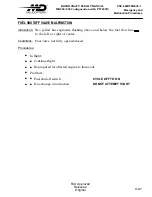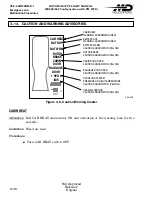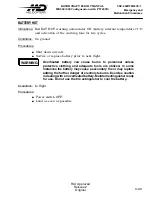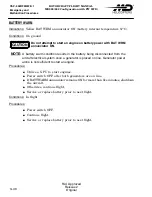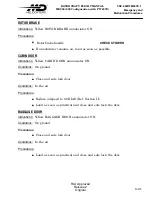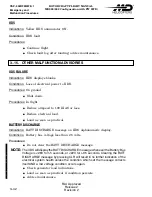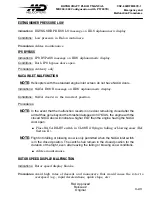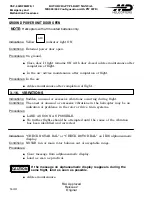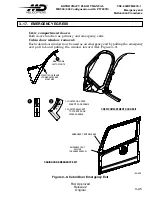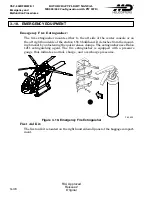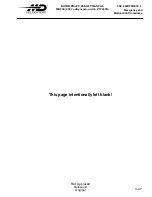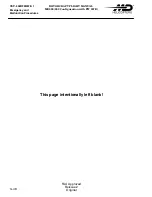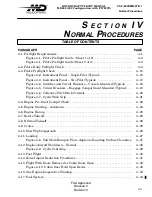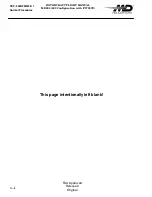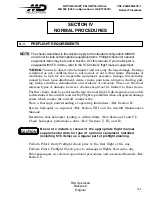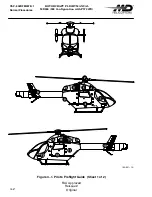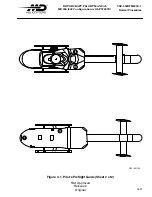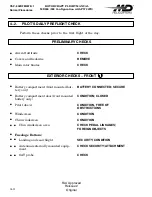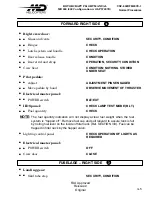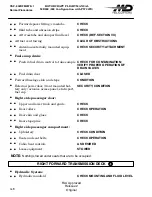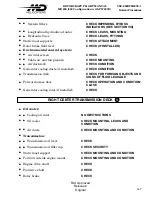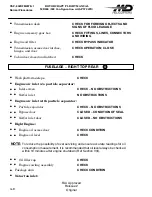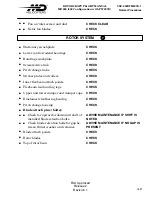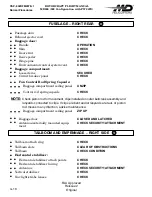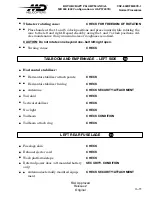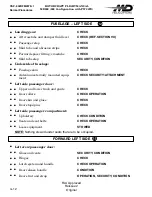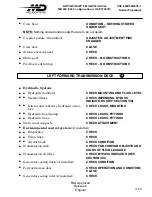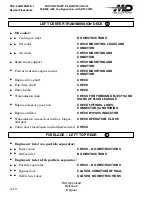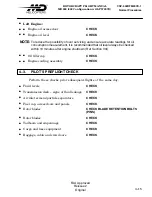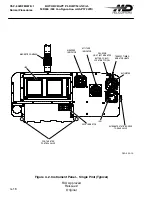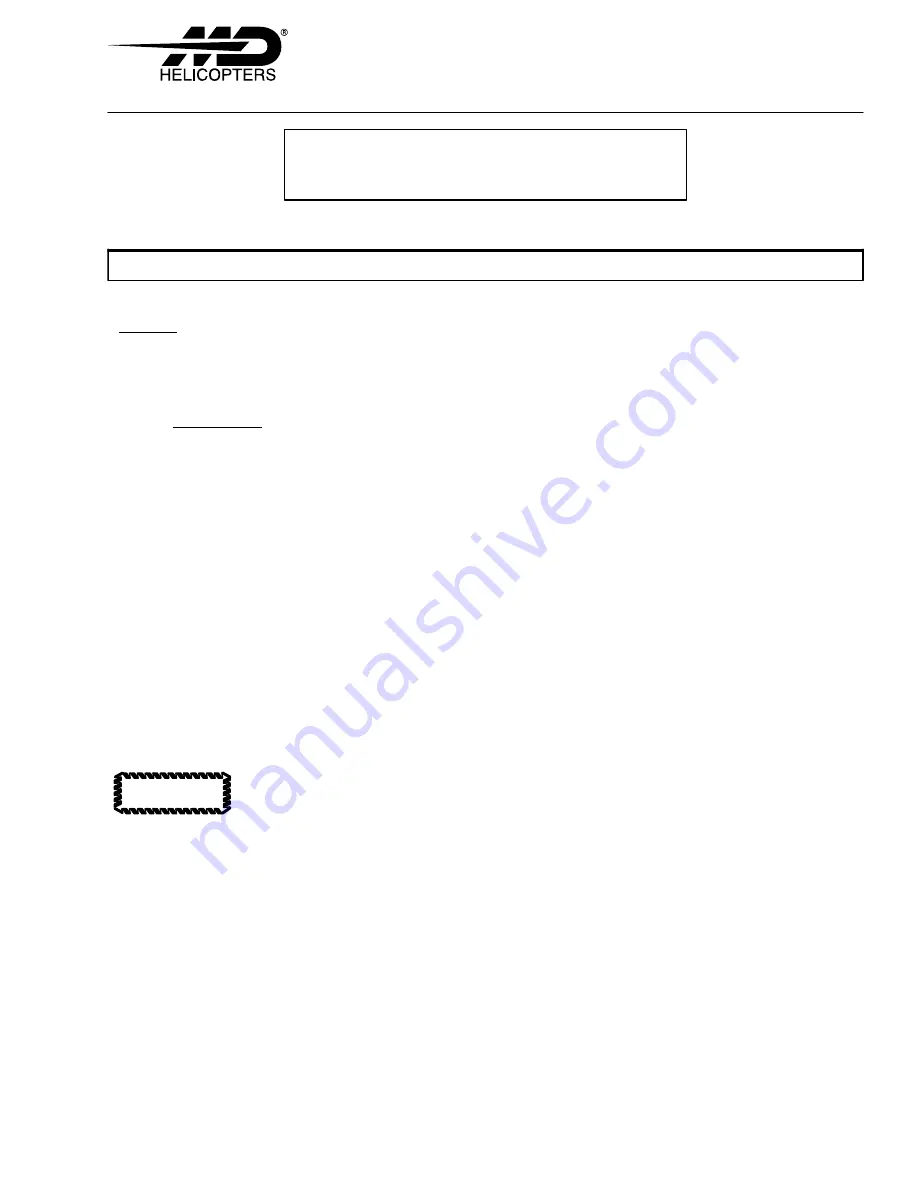
CSP
−
902RFM207E
−
1
ROTORCRAFT FLIGHT MANUAL
MD900 (902 Configuration with PW 207E)
Normal Procedures
FAA Approved
Reissue 2
Original
4
−
1
SECTION IV
NORMAL PROCEDURES
4
−
1.
PREFLIGHT REQUIREMENTS
NOTE
:
The checks described in this Section apply to the standard configuration MD900
and do not include certain optional equipment items. Preflight checks for optional
equipment items may be found in Section X of this manual. If your helicopter is
equipped with STC’d items, refer to the STC holder’s flight manual supplement.
``CHECK''
means to observe the helicopter and note any obvious damage. Damage
is defined as any condition that is not normal or not within limits. Examples of
conditions to look for are: inoperable equipment, excessive leakage, discoloration
caused by heat, loose attachment, dents, cracks, punctures, abrasion, chafing, gall
ing, nicks, scratches, delamination and evidence of corrosion. These are the most
common types of damage, however, checks should not be limited to these items.
Further checks shall be performed before the next flight if discrepancies are noted
to determine if the aircraft is airworthy. Flight is prohibited when unrepaired damage
exists which makes the aircraft unairworthy.
Have a thorough understanding of operating limitations. (Ref. Section II).
Service helicopter as required. (Ref. Section VIII and the Aircraft Maintenance
Manual).
Determine that helicopter loading is within limits. (Ref. Sections II and VI).
Check helicopter performance data. (Ref. Sections V, IX, and X).
Be sure to include a review of the appropriate flight manual
supplemental data for type of optional equipment installed
(including STC items) as a regular part of preflight planning.
Perform Pilot's Daily Preflight check prior to the first flight of the day.
Perform Pilot's Preflight Check prior to subsequent flights that same day.
Brief passengers on relevant operational procedures and associated hazards (Ref.
Section I).
CAUTION
Содержание MD900 Explorer
Страница 4: ......

